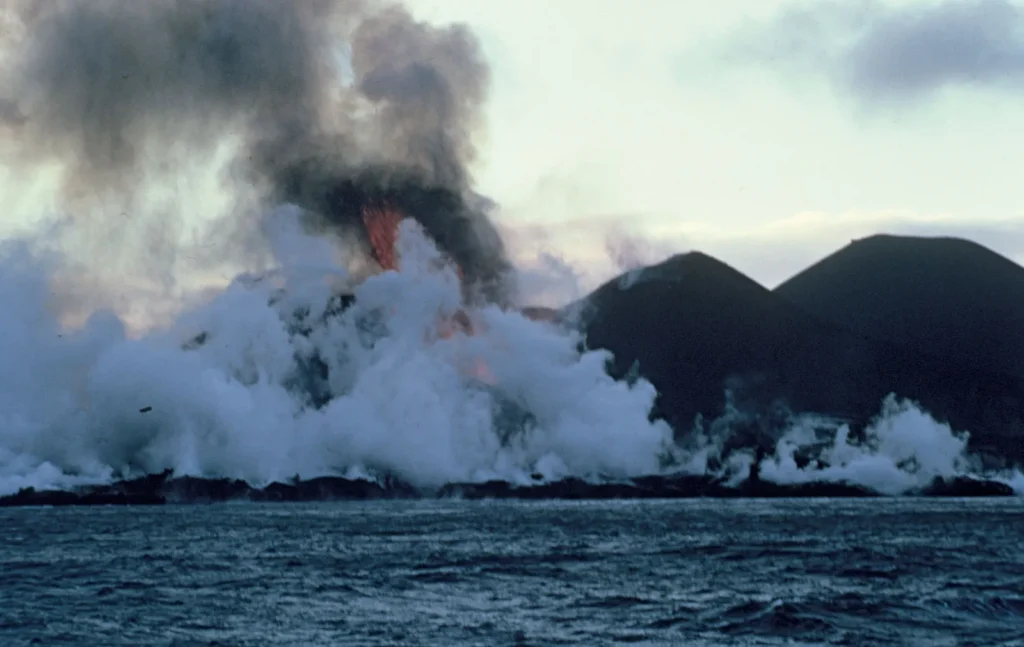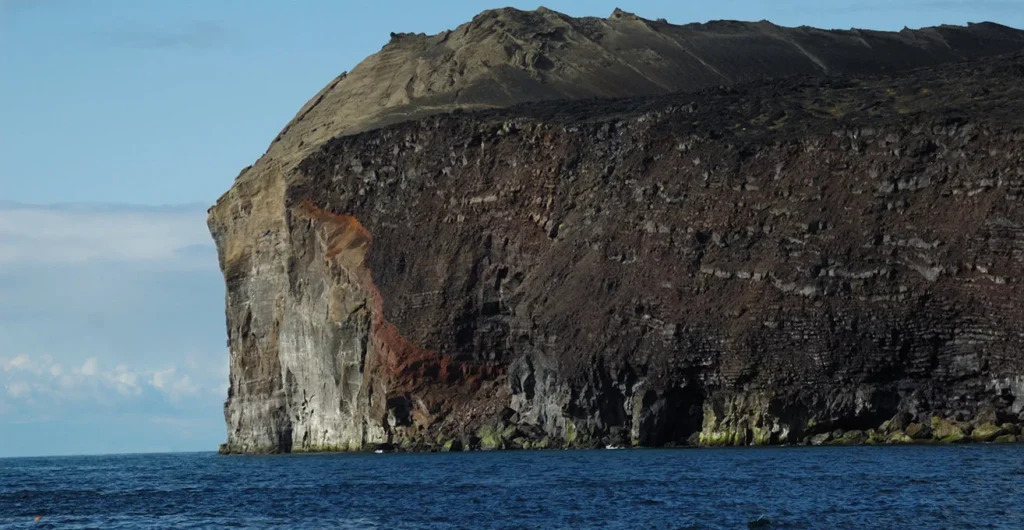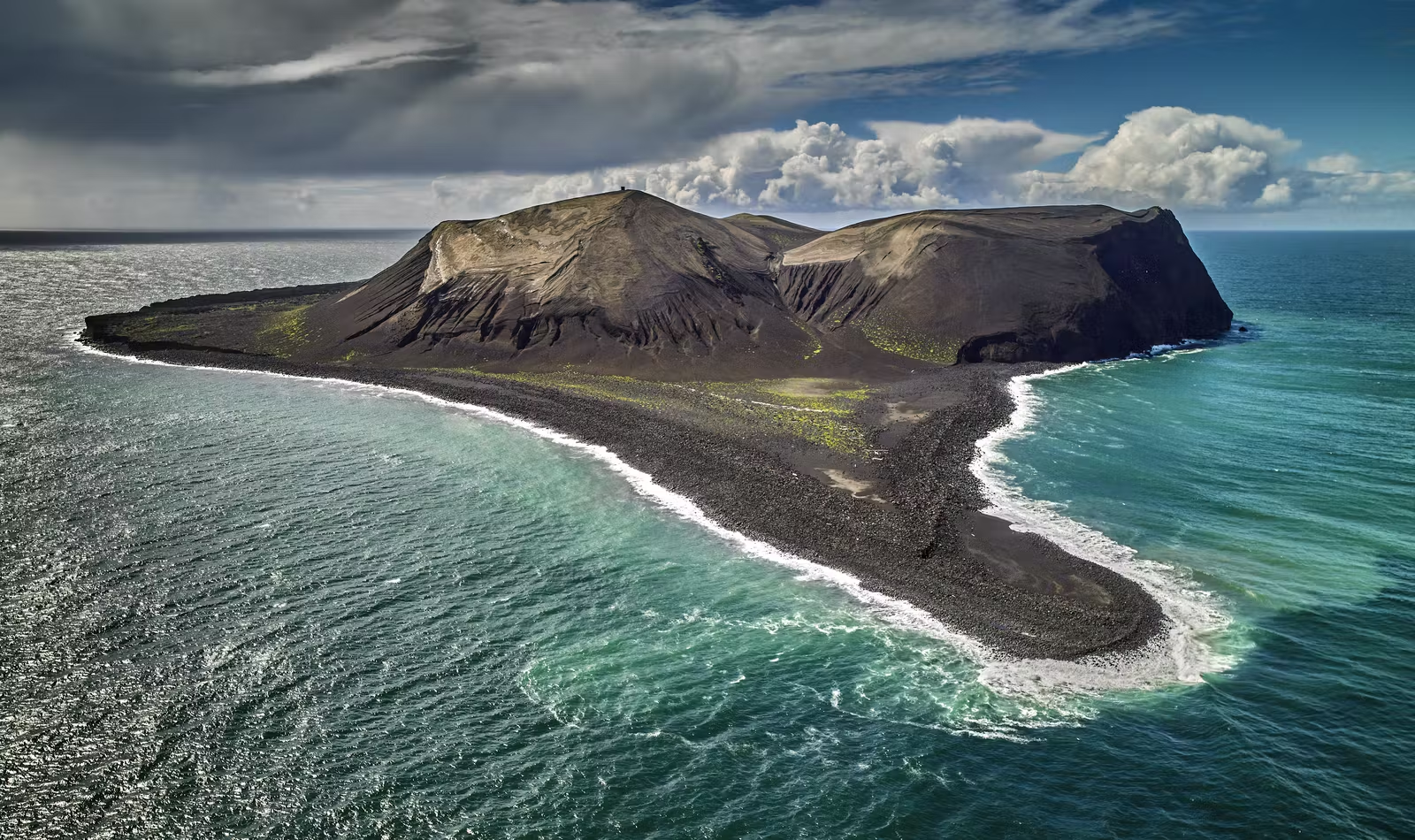Surtsey Island: A New Island That Defies the Ages
In 1963, a volcanic eruption off the coast of Iceland gave birth to an entirely new island, Surtsey. This stunning natural wonder has not only captured the fascination of geologists and adventurers alike but also defied old-earth assumptions about the time it takes for geological features to form. With its unique landscape of canyons, gullies, and soft land fractures, Surtsey Island presents a fascinating example of rapid geological formation that challenges conventional thinking about Earth’s history.
A Volcanic Birth: The Creation of Surtsey
Surtsey Island emerged from the sea on November 14, 1963, after a volcanic eruption began off the southern coast of Iceland, near the island of Heimaey. As the eruption continued for several years, the lava and ash gradually accumulated, creating the landmass that we now call Surtsey. Named after the Norse god of fire, Surtr, the island is a product of one of the most explosive and awe-inspiring natural processes on Earth.
Unlike many islands that form over millennia through slow erosion or gradual accumulation of sediments, Surtsey’s creation was fast and dramatic. The eruption created a steep, rocky landscape that is still evolving to this day. Over the decades, the island has seen dramatic changes, with new features forming rapidly—features that would typically take millions of years to develop on older, more stable landmasses.

Rapid Geological Growth
The rapid formation of Surtsey challenges long-held assumptions about the time required for certain geological features to develop. According to reports from New Scientist in 2007, the island features an impressive array of landforms such as canyons, gullies, cliffs, sandy beaches, lagoons, and soft land fractures—formations that would typically take millions of years to occur on older islands or landmasses.
Geologists studying Surtsey have marveled at the speed with which the island has developed these features, underscoring the power of volcanic activity in shaping the Earth’s surface. Just like the regeneration seen at Mount St. Helens after its eruption in 1980, Surtsey has demonstrated that dramatic geological transformations can happen in a surprisingly short amount of time, contradicting the traditional view that such changes require millions of years.
Surtsey’s Unique Ecosystem
Despite its relatively young age, Surtsey Island has quickly developed its own ecosystem. The island’s volcanic soil is rich in nutrients, and over the years, it has attracted a variety of plants and animals. Seabirds, such as puffins, have established colonies on the island, while various plant species have begun to take root. The island’s rapid development has made it an invaluable natural laboratory for scientists studying ecological succession—the process by which life colonizes new environments.
However, human activity on Surtsey is strictly regulated to preserve its pristine environment. The island has been designated a UNESCO World Heritage site and is one of the most closely monitored natural spaces in the world. Research stations on the island track the development of its ecosystem, providing insights into how life can establish itself on new land.

Surtsey Island and the Challenges to Traditional Geological Assumptions
The formation of Surtsey Island serves as a compelling reminder that the Earth is far more dynamic and changeable than we often realize. The rapid appearance of such diverse geological features has sparked debates within the scientific community, particularly among those who argue that processes like erosion and the formation of complex landscapes take millions of years. Surtsey, however, proves that in certain circumstances—such as volcanic eruptions—these features can form much faster than previously believed.
Surtsey’s existence also highlights the potential for rapid ecological and geological changes in other parts of the world. As climate change and human activities continue to impact the planet, it’s possible that new landforms and ecosystems will emerge much more quickly than expected. Surtsey, with its dramatic transformation, offers a glimpse into the speed and power of natural processes that shape the Earth’s surface.
Conclusion: The Eruption of a New Era
Surtsey Island is a modern geological wonder that continues to evolve and challenge traditional ideas about Earth’s history. The rapid creation of its diverse landscape serves as a reminder that nature can be unpredictable and powerful, capable of dramatic changes in a relatively short period. For scientists, Surtsey is a living laboratory, offering unparalleled insights into the process of island formation, ecological succession, and volcanic activity.
For travelers and nature enthusiasts, visiting Surtsey is a rare opportunity to witness the birth of a new landmass. While access to the island is restricted to protect its fragile environment, the island’s story remains a testament to the Earth’s ever-changing, dynamic nature.
Eager to learn more about the wonders of our planet? Explore Surtsey Island’s fascinating history and evolution, and discover how natural forces continue to shape the world around us.
